The collector William Beckford said of JMW Turner: ‘He paints now as if his brains and imagination were mixed up on his palette with soapsuds and lather.’ Whether insult or compliment, it’s a great description of this Romantic artist who raised humble landscape painting to the level of intellectual history painting.
JMW Turner (1775-1851) was born on Maiden Lane in Covent Garden and was baptised in the nearby St Paul’s Church. His skills were recognised early, first by his father, who exhibited them in his barber’s shop. In 1789, aged about fourteen, he entered the Royal Academy Schools, exhibiting his first oil painting, the dramatic Fishermen at Sea (Tate) in 1796, and he became a Royal Academician in 1802, aged only about twenty-seven. Over his lifetime, Turner travelled extensively around Britain and Europe, painting the drama of the Swiss Alps and spending much time in Italy, particularly inspired by Venice, the city built on water. He would tour in the summer and make studies and sketches he would work up into paintings in the winter months.
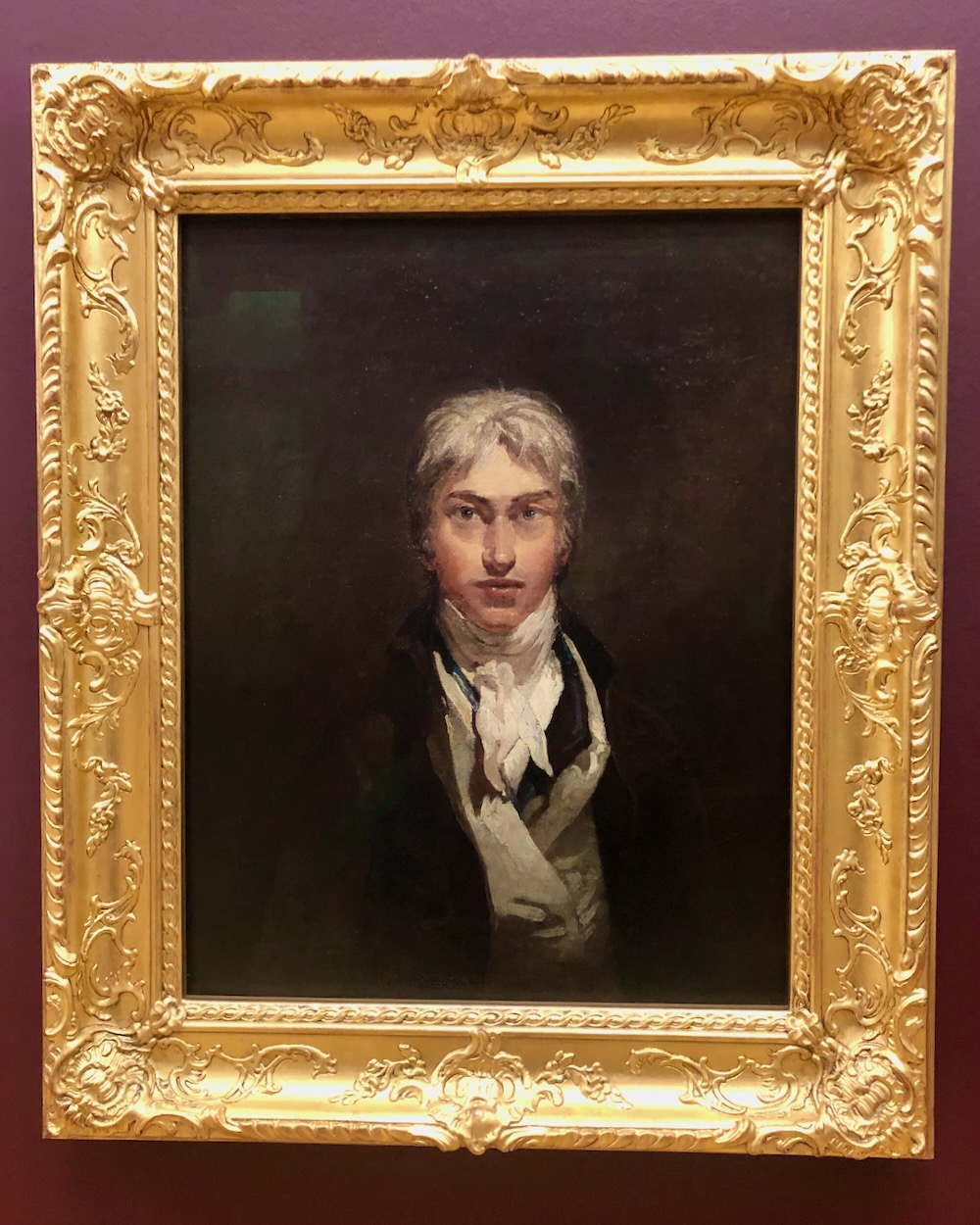 Portrait of Joseph Mallord William Turner at Tate Britain in London. Photo Credit: © Ursula Petula Barzey.
Portrait of Joseph Mallord William Turner at Tate Britain in London. Photo Credit: © Ursula Petula Barzey.
Iconic Works and Symbolism in Turner’s Paintings
The Fighting Temeraire, 1839, on display at the National Gallery, was a favourite of Turner – he never sold it and called it ‘My Darling’. It is also one of our favourites, voted as the nation’s favourite painting in a Radio Four poll in 2005. It appears with a 1799 self-portrait of Turner (Ta Britain) on our £20 notes, which he painted to celebrate being elected the youngest Associate of the Royal Academy, aged only twenty-four. It was also used in the 2012 film Skyfall as a symbol of James Bond getting older, just as the sail ship in the painting was so old and defunct it had to be pulled along by the tug boat, representing the new, faster power of steam, to be destroyed.
In this masterpiece, we see many of Turner’s themes and interests. He uses a landscape to tell the story of the Fighting Temeraire, lifting landscape to the level of history painting. The sunset (or sunrise) is a masterful depiction of sunlight, a homage to his hero, the French landscape painter Claude (1600-1682), a master of light and air. Claude’s paintings made Turner cry when he first saw them in John Julius Angerstein’s collection (which formed the basis of the National Gallery) and Turner – ever aware of protecting his legacy – bequeathed on his death in 1851 200 or so oil paintings and some 20,000 drawings and sketches to the National Gallery on condition that two of his paintings, Dido Building Carthage (1815) and Sun Rising Through Vapour (circa 1807) hung with Claude’s Landscape with The Marriage of Isaac and Rebecca and The Embarkation of the Queen of Sheba (both 1648).
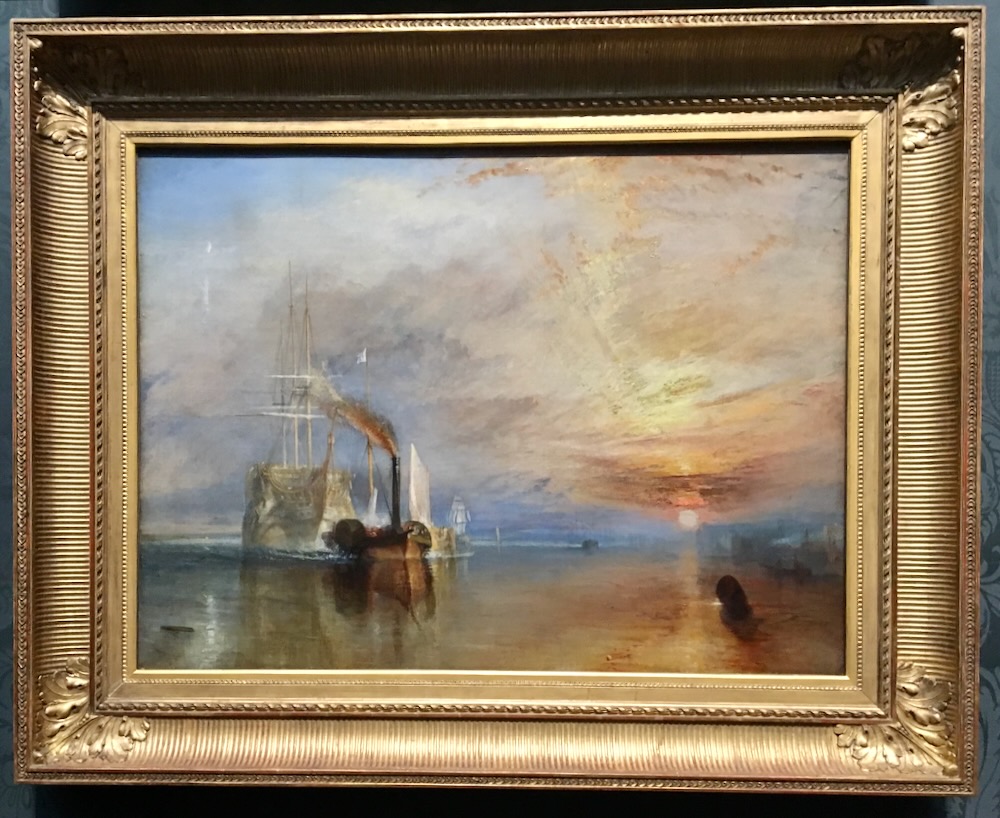 The Fighting Temeraire painting by Joseph Mallord William Turner at the National Gallery in London. Photo Credit: © Ursula Petula Barzey.
The Fighting Temeraire painting by Joseph Mallord William Turner at the National Gallery in London. Photo Credit: © Ursula Petula Barzey.
The sunset could be a farewell to the old era of wind power, or if a sunrise, the sun rising on the new age of steam (Turner is often ambiguous in his meaning!). The Industrial Revolution was also a source of fascination for Turner, with paintings such as Rain, Steam and Speed – The Great Western Railway, 1844 also celebrating the new power of steam. The Fighting Temerarie also reflects Turner’s love of water, the sea and ships, subjects he returned to time and time again, and is also about the rise and fall of Empires. It was a ship that took part in the Battle of Trafalgar of 1805 and so refers to the rise and fall of the French Empire and suggests the inevitable fall of the rising British Empire. His 1812 masterpiece Snowstorm, Hannibal and his Army Crossing the Alps (Tate Britain) also deals with this theme – we see the Carthaginian general Hannibal marching on Ancient Rome with his men and elephants (there is one there, try and find it!) who are about to be overwhelmed by a terrifying snowstorm (an example of the Romantic notion of the power of nature and man’s insignificance in the face of it – another common theme for Turner).
Carthage will fall, as will Rome. The cyclical nature of things – one things ends and another must begin – is another the. The cycle of Empires and wind power now being replaced by steam is hinted at by the sunrise/sunset in the Fighting Temeraire alongside a new moon in the sky.
Turner was also not afraid to be political which sometimes got him into trouble. His Field of Waterloo (Tate) shows a sea of dead soldiers in the dark of night – we can’t tell who is English or French, so he’s commenting on how common people suffer for the political decisions of a few leaders. His Slave Ship (Slavers Throwing Overboard the Dead and Dying, Typhon Coming On) 1840 (Museum of Fine Arts, Boston) was based on the Zong ship massacre of 1781 in which the captain of the ship threw 133 slaves overboard to claim insurance on them, and he accompanied his painting with lines from his poem Fallacies of Hope attacking the heartless commercialism of the slave trade
Despite some criticism for his loose technique or ambiguous or political messaging, and his perceived oddness for his cockney accent and shuffling ways through the posh corridors of the Royal Academy, he was hugely successful. By 1800 he was wealthy enough to move to Harley Street where he also opened a gallery to display his works. Aged 32 he was appointed Professor of Perspective at the Royal Academy. In 1813 he built a small villa, Sandycombe Lodge, at Twickenham, and had a home at 119 Cheyne Walk. His characteristic loose brushstrokes were at times controversial, however also a sign of his virtuosity. They were particularly appreciated (in particular his snowscapes) by two young French artists who visited London in 1870-71 escaping the Franco-Prussian War, Claude Monet (1840-1926) and Camille Pissarro (1830-1903), who took back his and his rival landscape painter John Constable’s ideas to France informing Impressionism.
250 years after Turner’s birth, his works are still relevant, interesting, challenging and beautiful, and he remains one of the nation’s favourite painters.
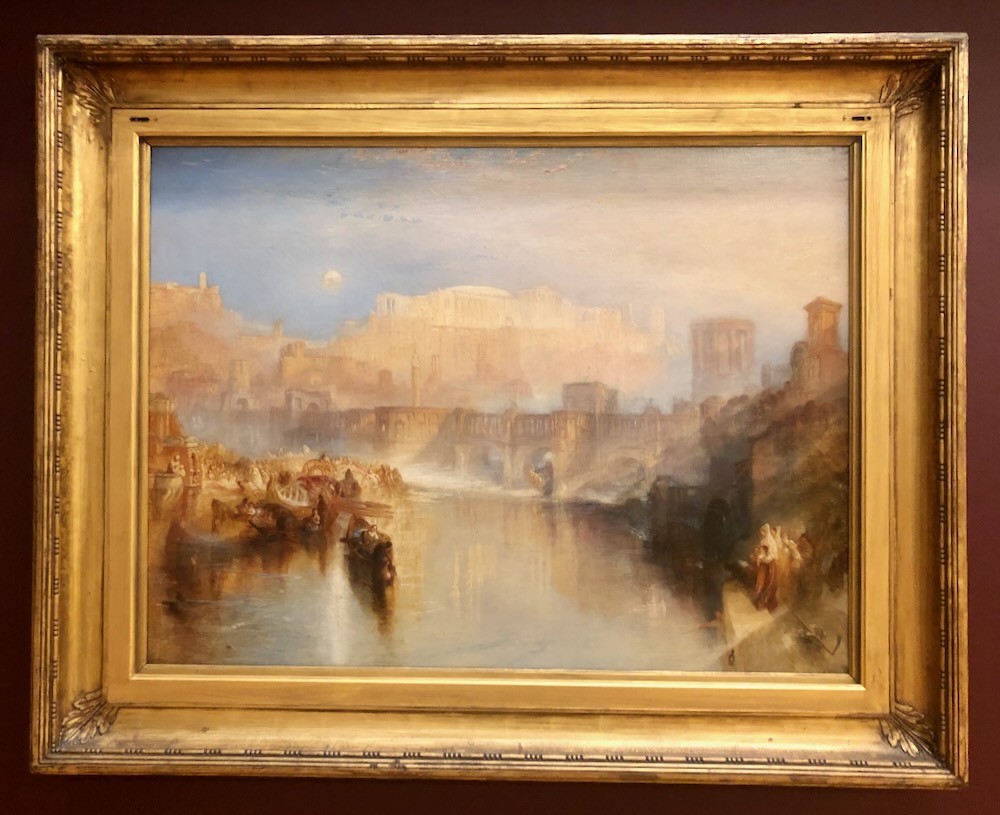 Ancient Rome: Agrippina Landing with the Ashes of Germanicus painting by Joseph Mallord William Turner at Tate Britain. Photo Credit: © Ursula Petula Barzey.
Ancient Rome: Agrippina Landing with the Ashes of Germanicus painting by Joseph Mallord William Turner at Tate Britain. Photo Credit: © Ursula Petula Barzey.
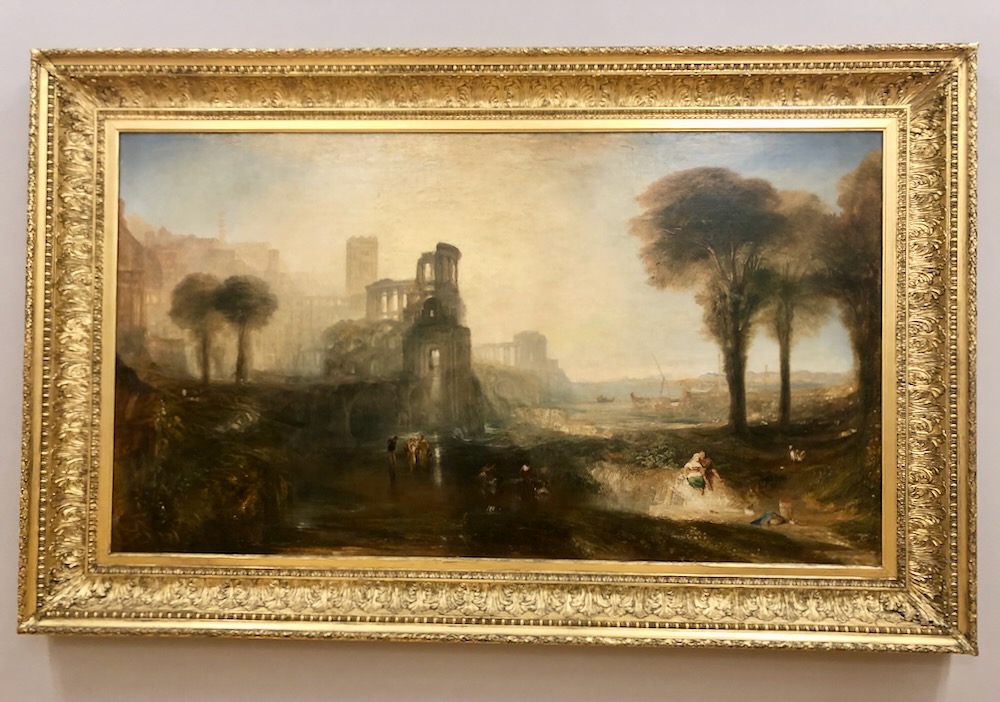 Caligula’s Palace and Bridge painting by Joseph Mallord William Turner at National Gallery in London. Photo Credit: © Ursula Petula Barzey.
Caligula’s Palace and Bridge painting by Joseph Mallord William Turner at National Gallery in London. Photo Credit: © Ursula Petula Barzey.



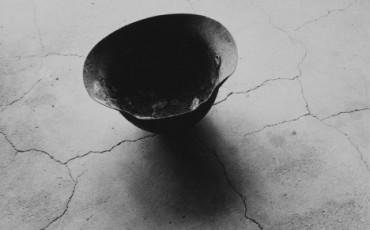


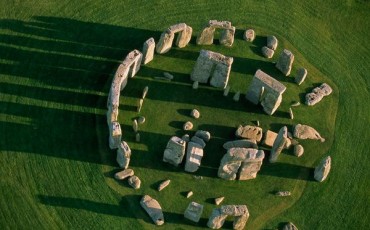
Leave a Reply